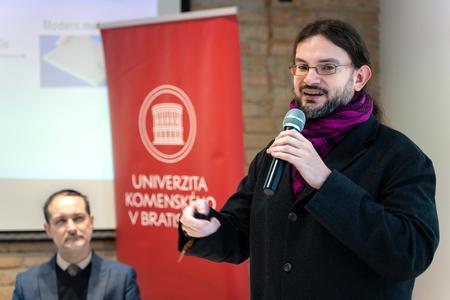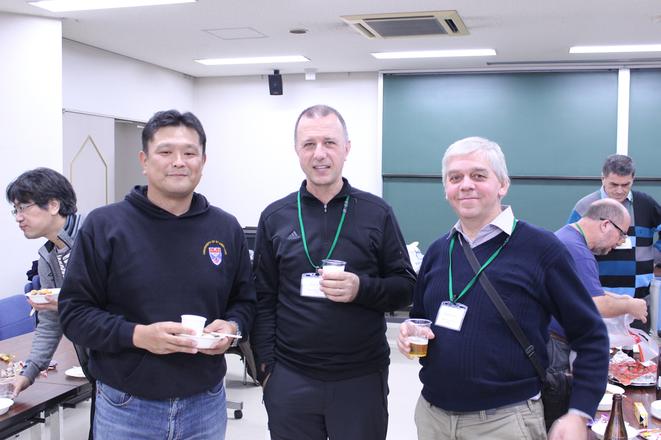What comes to mind when you hear the word "graph"? Is it maybe a bar chart that shows results of elections? Or the graphs you were trying to learn during maths classes in high school?
The kind of graphs which computer scientist and mathematician Martin Škoviera, of the Faculty of Mathematics, Physics and Informatics of the Comenius University in Bratislava, studies are completely different. In fact, although it might seem strange, if you are a budding wedding planner, you could do worse than learn a thing or two about his field – graph theory.
"As a model of various relationships, it is useful in a wide range of areas of life," says Škoviera.

In May, Škoviera was named the 2022 Slovak Scientist of the Year for his contributions to graph theory. He is also one of the founders of the internationally recognised Slovak School of Topological Graph Theory, and has organised a series of conferences on the topic.
The Slovak Spectator talked to him about his research, the application of graphs, how what seems unrelated at first can be deeply interconnected, and how science in Slovakia can be helped.
To stay up to date with what scientists in Slovakia or Slovak scientists around the world are doing, subscribe to the Slovak Science newsletter, which will be sent to readers free of charge four times a year.
Not your ordinary graphs
So, what kind of graphs does Martin Škoviera research?
"We examine graphs that, generally, are finite objects and consist of two types of elements - vertices and lines called edges that connect two such vertices," he explains as he draws an example on a piece of paper.
Imagine a five- or six-pointed star with each of its vertices connected to each other.
"While it is not this picture that is the object of our research, it is the structure that arises there. What is important are the vertices and edges as they represent a relationship between the former."


 Martin Škoviera (first from right) with foreign colleagues. (source: Archive of M. Š. )
Martin Škoviera (first from right) with foreign colleagues. (source: Archive of M. Š. )